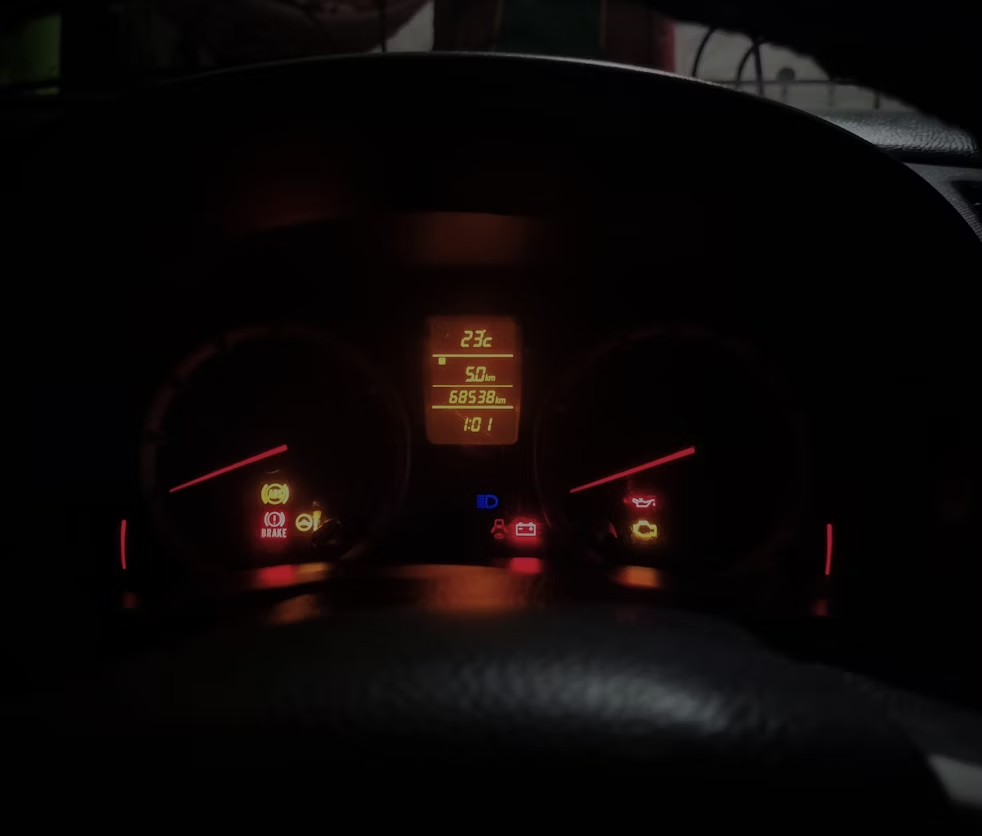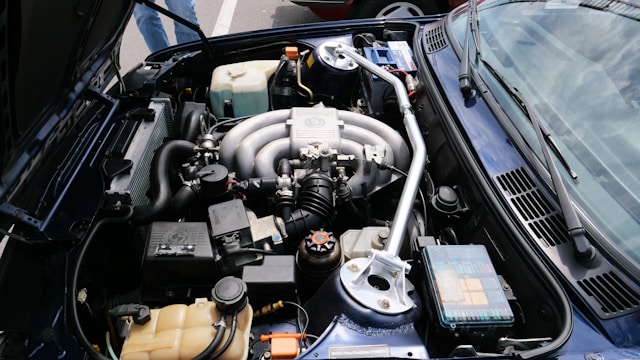When your vehicle’s engine light flickers on, it can be a source of stress and confusion for many drivers. With countless possibilities for what could be causing the problem, understanding what your vehicle is trying to communicate becomes crucial. It’s essential to approach this situation calmly and systematically to ensure your car’s longevity and safety. As a highly trusted Philadelphia, PA auto repair shop, having a proactive plan can mitigate surprises regarding vehicle maintenance.
At Schafer’s Auto Center, we prioritize helping you make informed decisions about your vehicle’s health. Our experienced team understands that vehicle issues often crop up at the most inconvenient times, so we emphasize customer education as a cornerstone of our service. By providing clear explanations and outlining proper procedures, we empower you to tackle engine light situations with confidence and ease, ensuring you feel supported throughout the process.
Understanding the Function of the Engine Light
The engine light, often known as the check engine light, is a critical component of your vehicle’s onboard diagnostics system. This light is more than just an annoyance on your dashboard; it’s a vital communication tool that alerts you when something under the hood isn’t functioning as it should. Typically, the engine light illuminates when the vehicle’s computer detects a malfunction in the powertrain—a combination of the engine and transmission—or in the emissions systems. These issues range from loose gas caps to more serious mechanical failures. Understanding the function and purpose of the engine light helps car owners recognize that it is a warning rather than just a suggestion. Consequently, this indicator should never be ignored, as it signals potential problems that could lead to more severe damage if left unaddressed.
Common Causes for the Engine Light to Illuminate
Various reasons can trigger the engine light to come on, with some being more serious than others. One of the most frequent and easily remedied causes is a loose or faulty gas cap, which can result in fuel vapors escaping and causing erratic readings with your vehicle’s fuel system. On the other end of the spectrum, the engine light may indicate problems with your oxygen sensor, catalytic converter, mass airflow sensor, or spark plugs, all requiring prompt attention to prevent further damage. Understanding these potential culprits can help you gauge the severity of the issue when the engine light comes on. By familiarizing yourself with these common triggers, you can better prepare for the next steps when addressing this issue.
Steps to Take When the Engine Light Comes On
Once your engine light illuminates, proceed systematically to address the concern responsibly. Your first step is to ensure the gas cap is securely tightened, as this is a simple fix that often resolves the light’s activation. If the issue persists, monitor your vehicle for any performance-related symptoms, like unusual noises, loss of power, or changes in drivability, which can provide additional clues regarding the problem’s severity. Next, consider utilizing an OBD-II (On-Board Diagnostics II) scanner, which allows you to read diagnostic trouble codes from your vehicle’s computer to narrow down the issue. These scanners are invaluable for DIY diagnosis, yet further inspection from a professional might be necessary. Taking proactive measures maintains vehicle performance and ensures your safety on the road.
The Importance of Professional Diagnosis 
While some issues the engine light indicates are minor, others require professional evaluation to prevent potential damage. Accessing the root cause of the light with a precise diagnosis can save you time and expensive repairs down the line. Automotive professionals are equipped with advanced diagnostic tools and extensive knowledge to interpret the issue’s severity and recommend targeted solutions accurately. At Schafer’s Auto Center, our certified technicians are skilled at analyzing the intricate diagnostics of modern vehicles, ensuring that the necessary corrective actions are taken. By relying on professionals, you gain peace of mind knowing your vehicle is in capable hands and its comprehensive systems are functioning efficiently and safely.
Preventive Measures to Avoid Future Issues
Regular maintenance is your best defense against unexpected engine light activations. Adhering to routine service schedules for oil changes, air filter replacements, and exhaust system checks can prevent minor issues from escalating into significant problems. Regularly monitoring dashboard alerts and staying observant can highlight early symptoms before they become critical. Building a strong relationship with a trusted service provider like Schafer’s Auto Center ensures that your vehicle receives consistent and thorough examinations. Initiating preventive measures not only prolongs your vehicle’s life but also provides a more reliable and stress-free driving experience in the long run. By actively engaging in these preventive steps, you safeguard against unnecessary and costly automotive headaches, preserving vehicle health and enhancing overall performance.
Addressing engine light situations with a structured approach ensures your vehicle remains safe and functional. Understanding potential causes and taking systematic steps when the light appears can prevent minor issues from developing into costly problems. Professional diagnostics provide accurate assessments, making timely intervention possible while reinforcing vehicle integrity. At Schafer’s Auto Center, we are committed to educating and supporting you every step of the way. If you need expert advice, contact us for trusted service. As a leading Philadelphia, PA auto repair shop, we’re here to assist with all your vehicle maintenance needs.




